What is a Soft Starter? Principle, Advantages, Disadvantages, and Applications.
Soft starters are the upgraded and modern method for starting induction motors. They are basically used for squirrel-cage AC (alternating current) induction motor starters, replacing the star-delta, compensating switch, or direct starter methods.
The above-said methods achieve a reduction in the starting current, but the switching is by voltage steps. However, none compares with the soft start method (which uses the soft-starter).
A soft starter limits the starting current of the motor to determine the torque and also sets the starting time so it is possible to start the motor very softly.

Working Principle of Soft Starter
The starting principle of a soft-starter is based on a fast-acting semiconductor, called a thyristor. It is also known as silicon controlled rectifier (SCR) that can have four terminals.
The starting voltage of an electric motor is reduced depending on the angle of conduction of the thyristors, thus decreasing the peaks in the current, one of the duties of a soft-starter is to control the power of a motor without changing its frequency.
To accomplish this, the thyristors act at two points. One is zero voltage control and zero current control.
The control circuit has to time the firing pulses from the last zero value of the waveform, both voltage, and current. The sensor can transform the current either in a single-phase or for each phase that the system has.
Construction of Soft Starter
Soft starters mainly consist of two parts.
- Power unit
- Control unit.
The power unit consists of a heat dissipater and thyristors, which are controlled by a logic circuit card that makes the control unit.
Generally, a microprocessor-based control is used. Sometimes, a circuit breaker is used in place of fuses to guarantee perfect protection of the thyristor during the fault period. further, a thermal protection relay is provided on the supply side.
However, this protection is provided within the soft starter, so it is not required to install externally.
This starter is also used in the star-delta form. During the starting period, contactor A is closed and B is open, hence the power is given to the motor via a soft starter which starts the motor softly.
After some time B is closed and the soft starter is cut off from the supply and power is directly given to the motor.
How does Soft Starter work?
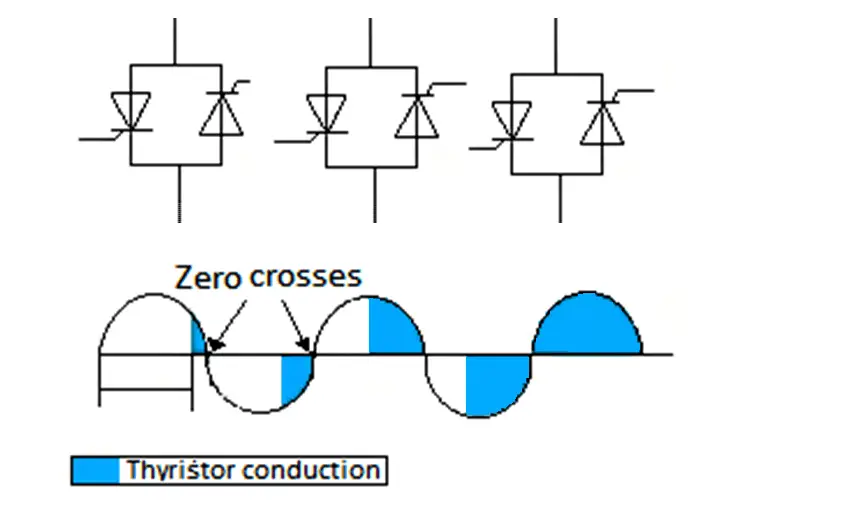
By adjusting the firing angle of thyristors, the voltage applied to the motor is controlled. With the correct adjustment of the variables, the torque and current are adjusted to the load’s needs, that is, the current required will be the minimum necessary to accelerate the load, without frequency changes.
Soft-starters, which through a micro-processed command, control thyristors that adjust the voltage sent to the motor stator. In this way, protect the electrical network from high starting currents.
Some Characteristics of Soft-starters
- Adjusting the starting voltage for a pre-defined time,
- Voltage pulse at the start for loads with high starting torque,
- Rapid voltage reduction to an adjustable level, (reduction of hydraulic shocks in pumping systems),
- Protection against phase failure, overcurrent, and undercurrent, etc.
- Soft starters are micro-processed, designed to accelerate (or decelerate) and protect three-phase induction electric motors.
Advantages of Soft Starter
- A soft starter is an electronic thyristor module for the soft starting of three-phase induction motors. The module replaces the traditional Star-Triangle.
- Soft starters use electronic components, the size of the starter is very small. Current microprocessors are versatile and consume little energy. In this way, small equipment can be developed with low operating costs.
- Its cost is very low.
- The simplicity of operation and smoothness in starting. It reduces bumps and knocks in the mechanical system.
- It has the advantage of not causing jolts in the system, limiting the starting current, avoiding current peaks, and also incorporating soft stops and protections.
- It also contributes to energy savings, is widely used in refrigeration and pumping systems. The application of microprocessors expands dramatically over time. One of the reasons for the great expansion in the use of microprocessors is their reduced cost.
- This equipment can replace the human labor often used in repetitive tasks. For these reasons, the control circuit of a soft-starter uses a microcontroller/microprocessor.
Disadvantages of Soft Starter
- Soft starters are usually expensive.
- A build-up of heat greatly increases the internal temperature of the panel. (Panel dust filters and exhaust fans are to be paid attention to).
Applications of Soft Starter
Soft-starters can be used in the most diverse applications.
Its main ones are in:
- Centrifugal pumps (sanitation, irrigation, oil)
- fans, exhausters and blowers
- Air and refrigeration compressors
- Mixers and aerators
- Crushers and grinders
Reference: Electrical Installations by John Blaus.
If you liked this article, then please subscribe to our YouTube Channel for PLC and SCADA video tutorials.
You can also follow us on Facebook and Twitter to receive daily updates.
Read Next:
- What is Electrical Busbar?
- Torque Boosting in VFD
- Types of Motor Enclosures
- Electrical Single Line Diagram
- What is an Instrument Transformer?

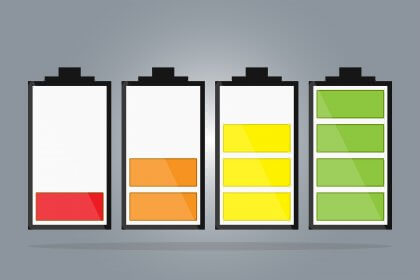
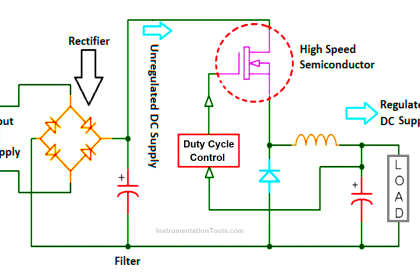
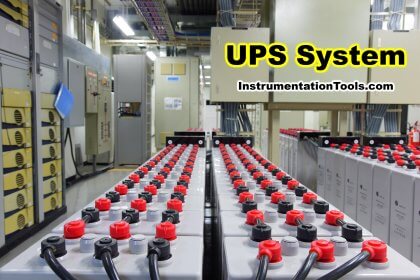

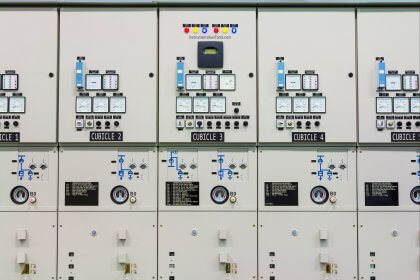
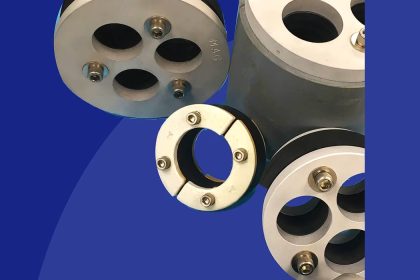

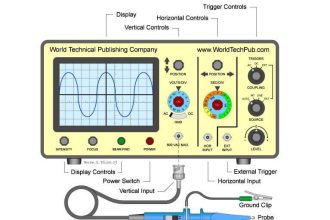
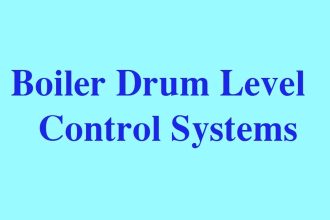
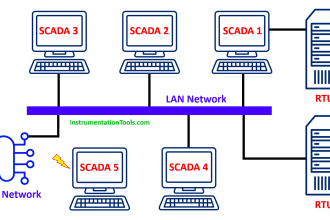
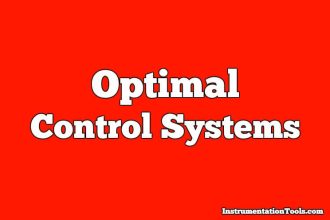
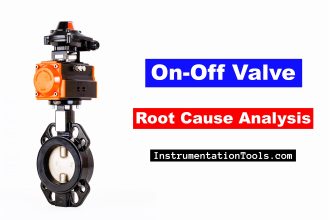




Thanks for useful information
I want to make Soft starter
want soft starter making guide
I would like to know more about soft starters
Very nicely explained, Thank you.